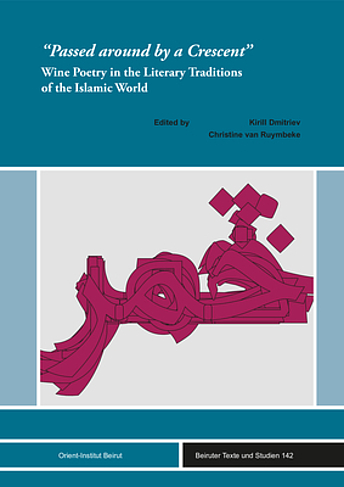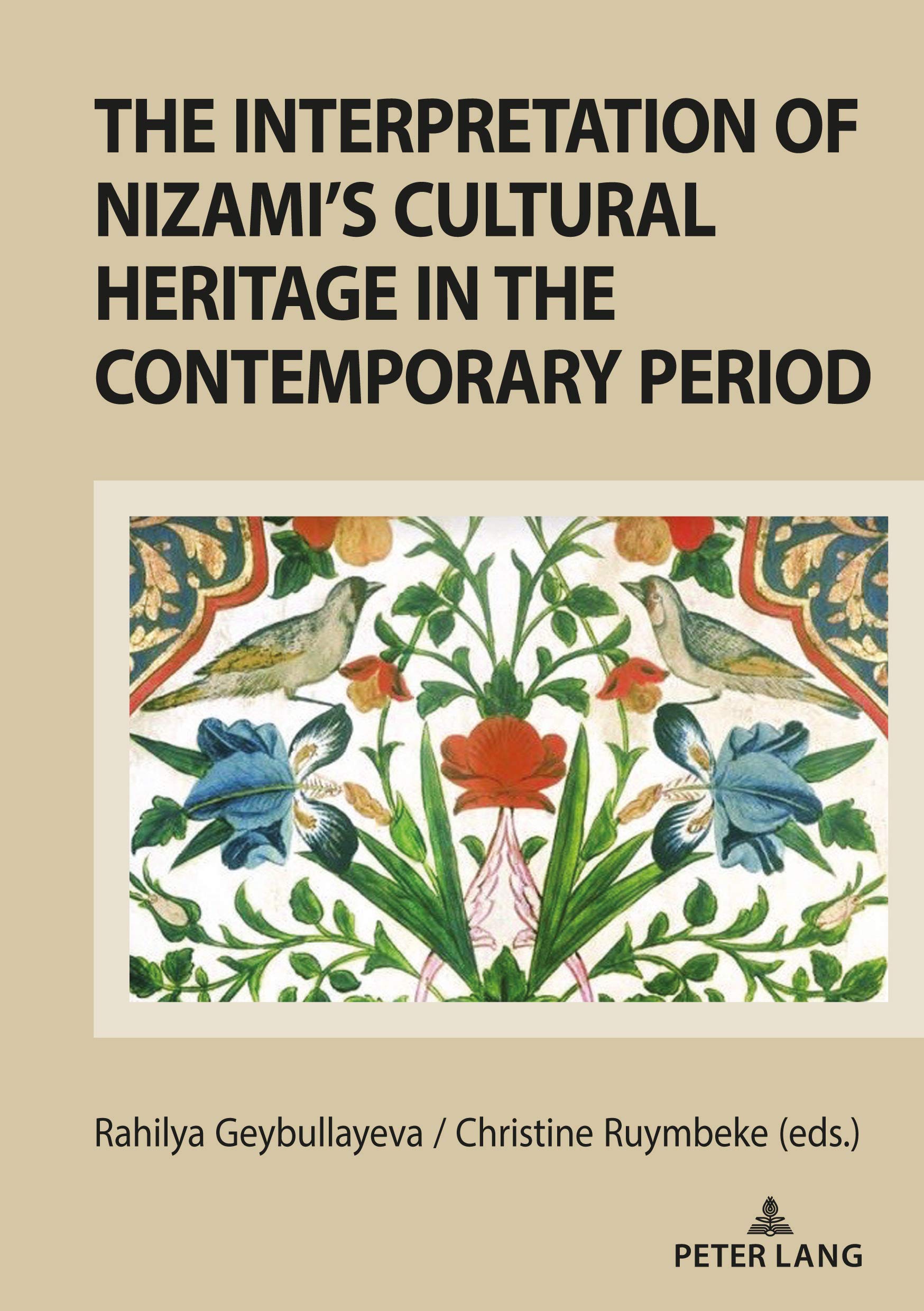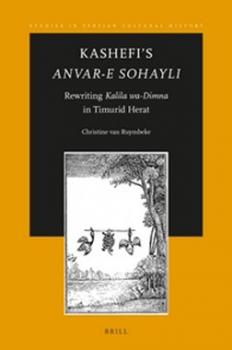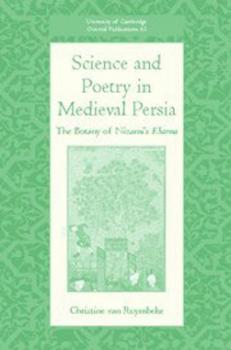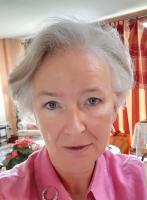
"Study Classical Persian? Vous êtes sure? Totalement et complètement pointless. You'd better choose something useful. Economics, perhaps?"
This was the advice I received from the Secretariat at Brussels’ Université Libre, where I wanted to enrol as an undergraduate, back then. But I stuck to my guns and enjoyed to the full four perfect years of being regarded as a nutcase by outsiders who did not know the exhilaration of studying an extraordinary subject that grows more gripping as it unfolds. We read the rock inscriptions of Darius, the King of Kings, dabbled in Zoroaster’s Avesta, discovered the Islamic world empires, the terrifying Turks and the mind-boggling Mongols. We fell in love with Timur and his extremely sophisticated lineage but the crème de la crème for me were the classes in codicology (study of manuscripts in all their component parts) and those in Persian literature and especially in classical Persian poetry. The antics, tantrums and sometimes heroic deeds of the Shahnama heroes, the tongue-in-cheek humour of Sa’di, Hafez’ incomparable elegance and wit, the oh! so depressing nightmares of Sadeq Hedayat… What an opening to Persian culture and to world wisdom!
A few years later, I came back to Persian studies and started a PhD, still in French, still at Brussels. A mad topic: the botanical references within the giant work of the twelfth-century Persian poet, Nizami of Ganja. But the man was so great a poet, so wise a thinker that he filled the five years of my research with more delight than exasperation and sweat. I still consider him a boy-friend to this day! At the end of this adventure, I was granted a Wiener-Anspach postdoctoral fellowship to spend a year at Oxford, following on which I was offered a part-time position as assistant researcher to the Cambridge Shahnama project while being also appointed lecturer in Persian language, literature and art history at my home university in Brussels. I moved to Cambridge as full-time lecturer in Persian in 2002, when the post was created with the generous endowment of the Soudavar family. Never looked back since!
At the beginning of 2010, I became Trustee and Honorary Secretary of the Ancient India and Iran Trust, 23 Brooklands Avenue, Cambridge. Anyone who has ever been at the Trust will agree that it is a unique place in Cambridge. Set in a lovely garden (frothing with old roses in May and June!), this gentleman’s house, once home to Professor Harold Bailey, has become a centre for scholarly research and for the promotion of popular interest in the Indian Subcontinent, Iran and Central Asia. The AIIT houses a unique collection of books mainly centred on these domains, but spilling over into many neighbouring cultures. It also has a collection of manuscripts well worth perusing and holds Friday-evening talks on cognate subjects as well as seminars and conferences.
In 2019, I became Member of the Board and Secretary of the Societas Iranologica Europaea. Behind this grand Latin name hides the famous and popular academic community of Iranian Studies in Europe, which organises a tremendous international conference every four years. The forthcoming conference will be held in Leiden (The Netherlands) in August 2023. I am also a long-standing Fellow of the Royal Asiatic Society of Great Britain and Ireland (14, Stephenson Way, London) and member of its Council (until 2020), member of the Academic Committee of Iran Heritage Foundation, and member of the Management Committee of the Centre for Islamic Studies at Cambridge.
Prof van Ruymbeke teaches intermediate and advanced literary Persian to undergraduate students, bringing to bear her expertise in and love of one of the great canons of world literature
*Prof van Ruymbeke will be on sabbatical in 2025/6 and 2026/7. She will therefore not be able to accept any postgraduate students for supervision from MT2025 - ET2027.*
Prof van Ruymbeke welcomes approaches from potential graduate students with research interests relevant to hers. She requests that prospective students email her to discuss their proposed projects before sending in their applications.
Dr Christine van Ruymbeke talks about postgraduate studies in Persian Literature
Nezami Ganjavi is never far from my thoughts, naturally. I am currently researching what I consider Nezami's masterpiece, the Haft Paykar and writing a monograph which I will call Complicating Haft Paykar. My source is an amazing, baffling work, which is so complex that I fall from absolute despair into total triumph when I manage to "crack" one of its features. In 2020, following on a 2018 Conference on the poet organised by the Nizami Ganjavi International Center in Baku (Azerbaijan) I co-edited a volume of essays mainly written by scholars from Azerbaijan, the present-day home country of this great author who composed his poetry in Persian (The Interpretation of Nizami’s Cultural Heritage in the Contemporary Period, Berlin, 2020). This comes nine years after another volume of essays (A Key to the Treasure of the Hakim. Artistic and Humanistic Aspects of Nizami Ganjavi's Khamsa) following on the Nezami conference I organised for the Iran Heritage Foundation in Cambridge in 2004. You will find on my Academia.edu page several further essays (or abstracts of forthcoming essays) dedicated to Nezami.
The presence of wine-related imagery in many of the medieval and pre-modern Persian authors which I have read and taught over the years has always intrigued me. On this note, I co-edited, with my Colleague Kirill Dimitriev from St Andrew’s the conference proceedings related to a three-year research initiative on wine-poetry in Near and Middle Eastern literatures. We held a series of conferences in St Andrew’s, Cambridge and Beirut. Our volume “Passed around by a Crescent” Wine Poetry in the Literary Traditions of the Islamic World has now been published and a digital version will soon be available online:https://www.nomos-shop.de/ergon/titel/passed-around-by-a-crescent-id-103123/. Again, check my Academia.edu pages for further research on and around this fascinating topic.
Together with my colleagues Charis Olszok (FAMES) and Christiane Esche-Ramshorn (independent scholar), we organised at CRASSH in December 2021 a three-day conference on Animals literary and visual representations in the Middle East (FROM MORNING HUNT TO BELOVED GAZELLE). A fantastic gathering of speakers presented topics on Contemporary or Medieval Arabic, Persian, Turkish, Hebrew, Indian, Armenian authors and artists. To the best of our knowledge, this was the first international conference dealing with the presence of non-human animals in the Middle East. We are currently examining the opportunities for publishing selected papers.
My latest monograph examined the fifteenth century re-writing in Persian prose of the ubiquitous collection of Persian animal fables, the Kalila wa Dimna tales (Kashefi's Anvar-e Sohayli. Rewriting Kalila-Dimna in Timurid Herat, Brill, 2016). The fifteenth-century source, named Anvar-i Suhayli, has suffered virulent criticism both in Iran and in the West and was virtually put in the dustbin of Persian studies. I am thus – how exciting ! – reviving and studying what is tantamount to a forgotten text. It is a Mirror for Princes, containing advice for youths (aged from 7 to 77!) at Court. I have also worked on a series of essays related to this research (“Dimna’s Apologia. The Place of Morality in the Trial of a Rhetorical Genius”).
Current PhD students
| Ankur Desval Fehrani: Tradition and Innovation: Negotiating the Terms of Literary Succession in the Persian Poetic Alexander Tradition of Eskandar-Nama |
| Armaghan Khosravi Nia: The Work and Theoretical Views of Nima Yushij |
| Giorgia Maffioli Brigatti: Musk and Roses in Persian Art and Poetry: a Smell Culture Approach to Art History in Safavid and early Qajar Iran (1500-ca. 1896) |

